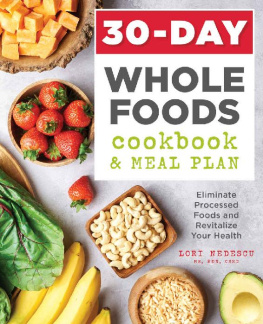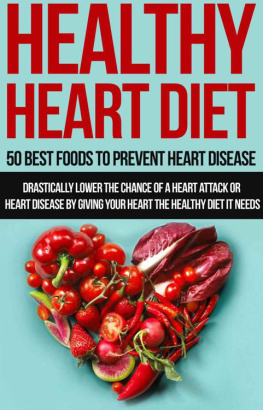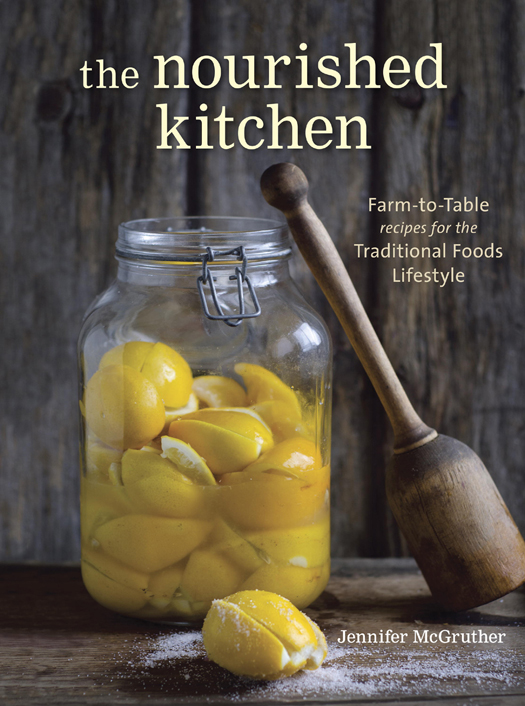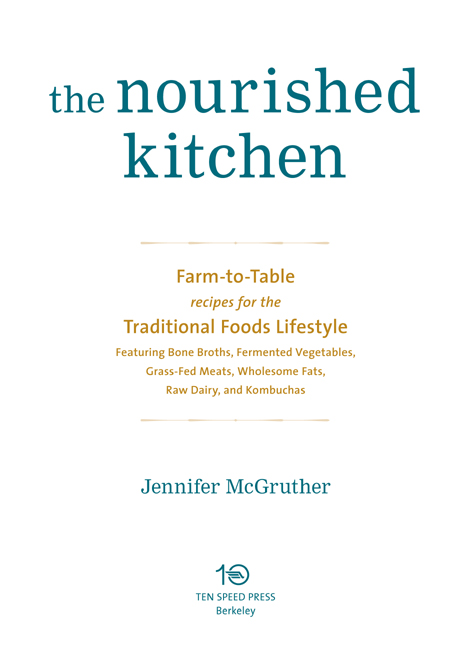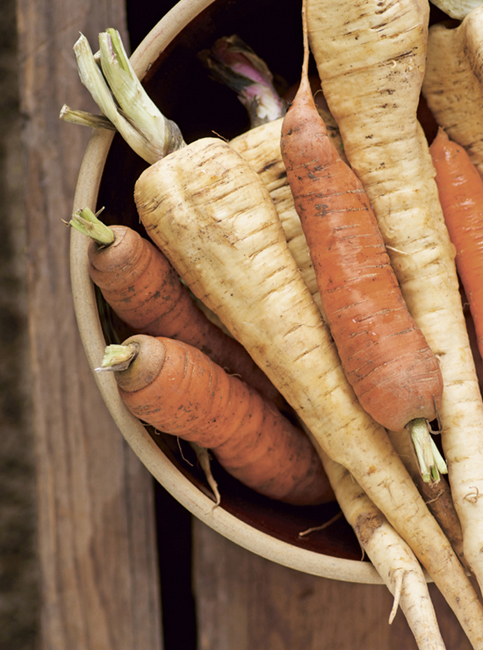Text and photographs copyright 2014 by Jennifer McGruther
All rights reserved.
Published in the United States by Ten Speed Press, an imprint of the Crown Publishing Group, a division of Random House LLC, a Penguin Random House Company, New York.
www.crownpublishing.com
www.tenspeed.com
Ten Speed Press and the Ten Speed Press colophon are registered trademarks of Random House LLC
Library of Congress Cataloging-in-Publication Data
McGruther, Jennifer.
The nourished kitchen : farm-to-table recipes for the traditional foods lifestyle : featuring bone broths, fermented vegetables, grass-fed meats, wholesome fats, raw dairy, and kombuchas / Jennifer McGruther. -- First edition.
pages cm
Includes index.
ISBN 978-1-60774-468-9 (paperback)
1. Cooking, American. 2. Cooking (Natural foods) 3. Nutrition. I. Title.
TX715.M474325 2014
641.302--dc23
2013043368
Trade Paperback ISBN: 978-1-60774-468-9
eBook ISBN: 978-1-60774-469-6
v3.1
To my husband and my son, whom I love very deeply.
contents
introduction
E veryone had a garden back then; you just couldnt get by without it. We fried our dinner in lard, and sauerkraut got us through the winter, Trudy explained, answering a question about how the old-timers survived in the rough-and-tumble Colorado mining community of Crested Butte long before the roads were paved and imported, packaged foods traveled up the winding mountain passes in eighteen-wheel trucks to line the shelves of our grocery store.
Trudy, you see, is an old-timer. She grew up when convenience foods and long-traveled fruit and vegetables simply couldnt be found. That time lingered in the isolated town of Crested Butte, where I make my home, longer than it did in most American communities. Here, seasonal vegetables straight from the garden filled the dinner table, along with whole milk and butter from the local creamery, and locally produced meat and lard. In the fall, plenty of sauerkraut was put up to last until late spring lest bellies go hungry.
These foodsmeat loaf and liver, whole raw milk and just-gathered eggs, sourdough bread and soaked oatmeal porridgenourished generation after generation of healthy people the world over until the global food supply began to change slowly but dramatically at the dawn of the Industrial Revolution of the nineteenth century and again after the Green Revolution of the mid-twentieth century.
A Traditional Foods Movement
Traditional foods are the foods of our great-great grandmothersthe foods of gardens and of farms. They represent a system of balance, emphasizing the value of meat and milk, grain and bean, vegetables and fruits.
There is a movement afoot to restore this way of eating. The movement honors the connection between the foods that we eat, how we prepare these foods, and where they come from. In this way, the traditional foods movement celebrates the connection between the farm that produces the food, the cook who prepares it, and the individuals who eat it. Traditional foods is a system of connection, emphasizing support for time-honored ways in farming, cooking, and eating, and finding a place for fat and lean, animal and vegetable, raw and cooked.
Where other diets and philosophies of eating emphasize good and bad, black and white, a message of balance exists within the traditional foods movement. Unlike vegan and vegetarian diets, which restrict animal foods, the traditional foods movement emphasizes their importance while encouraging the purchase of locally produced meats, milks, cheeses, and fats from grass-fed and pasture-raised animals. Where the Paleo diet restricts grain, pulses, and dairy, the traditional foods movement embraces them, focusing not only on how the food is produced, but also on how it is prepared to maximize the nutrients it contains. While the raw foods movement restricts cooked foods, the traditional foods movement embraces them, honoring the place of cooking as one of balance in partnership with raw foods, and fermented foods, too.
Emphasizing whole and minimally processed foods, the traditional foods movement calls you back to the kitchen, to real home cooking, and offers you an opportunity to weave the connections between the food on your table, the time you take to prepare it, and the farms that produce it.
Weston A. Price, DDS
Weston Price, a native of Canada, practiced dentistry in Cleveland, Ohio, during the early part of the twentieth century. There he witnessed firsthand the introduction of processed foods to the American diet and the damage they wrought upon the health of the public, and of children in particular. Committed to finding the cause of rampant tooth decay, malformations of the palate, and other health concerns he saw in his practice, Dr. Price embarked upon several journeys that led him to isolated regions of the world where people still relied on their native diets of traditionally prepared, local, unprocessed foods. He recorded the foods people consumed and how they were not only produced on the farm, but also prepared in the kitchen, taking the time to analyze them for nutrient content.
While the traditional diets of the peoples he studied differed dramatically based on the local availability of foods, they all bore striking similarities. The people who still ate their traditional foods exhibited exemplary health, while those who abandoned tradition for modern, processed foods suffered. Healthy people consumed unrefined, unprocessed foods. Their diets comprised foods from both animals and plants, including vitamin-rich animal fats, mineral-rich broths, and liver and organ meats, as well as other nutrient-dense foods. Their diets were considerably richer in fat-soluble vitamins and minerals than those people who instead relied on modern, processed foods like white sugar, white flour, refined soy products, and vegetable oils. His work, championed by the Weston A. Price Foundation and the Price-Pottenger Nutrition Foundation, emphasizes the importance of a balanced diet of traditionally prepared whole foods with special emphasis on fat-soluble vitamins and trace minerals. This diet includes consuming (not avoiding) animal fats and other animal foods in partnership with fresh, cooked, and fermented vegetables, as well as whole grain sourdough breads and other grains and pulses that have been prepared in a way that maximizes the availability of the nutrients they contain.
The Philosophy of the Nourished Kitchen
As I choose what and how to cook, I focus on a simple philosophy that combines sustainability, balance, tradition, and community involvement.


